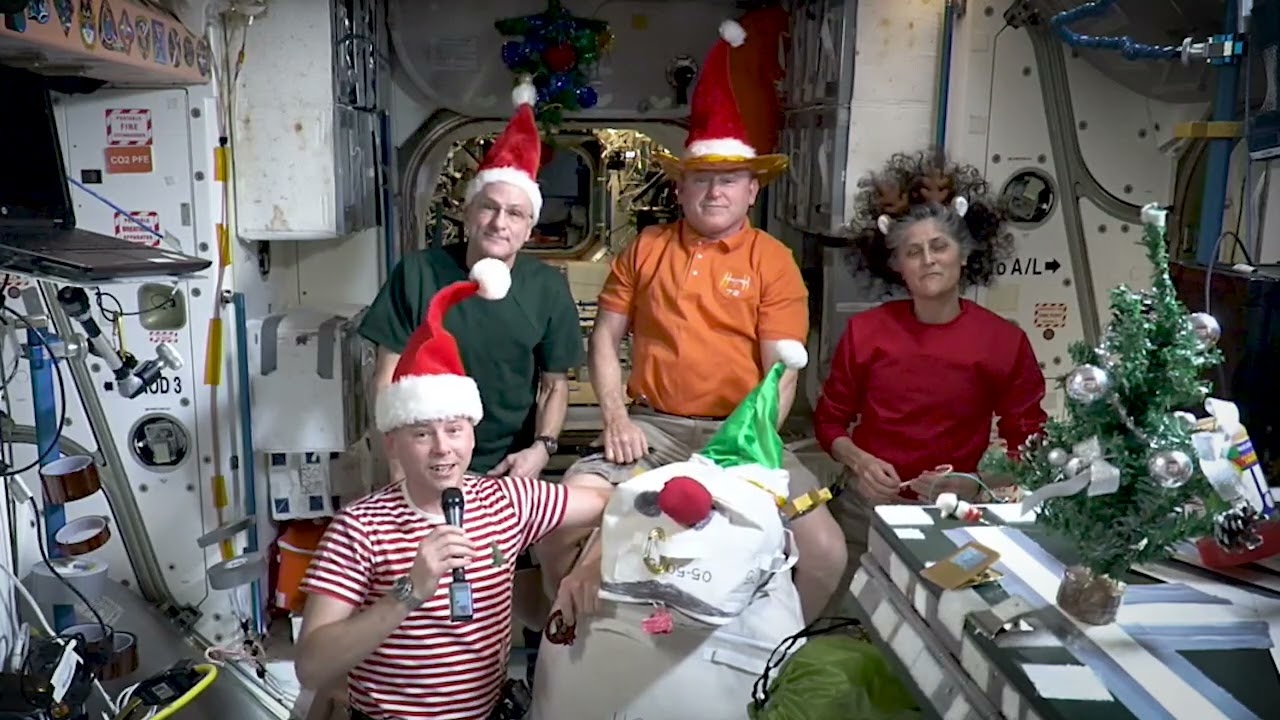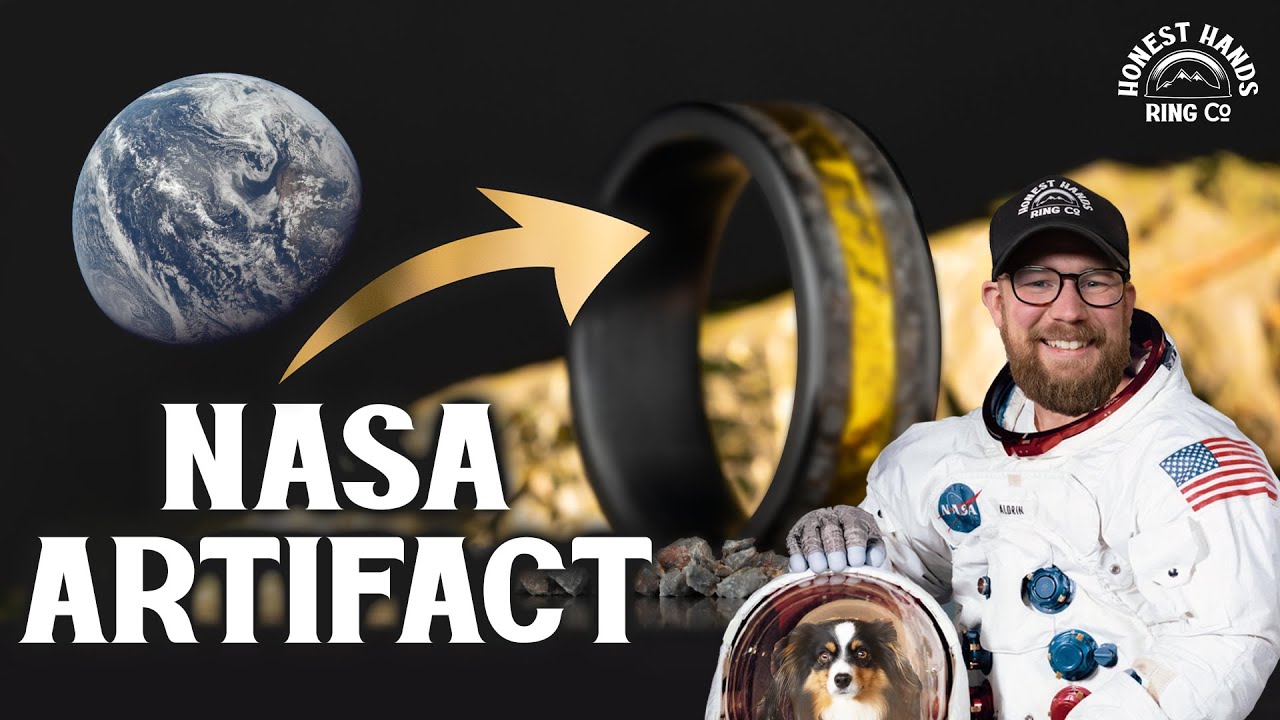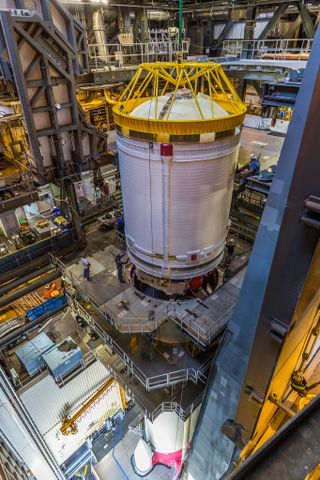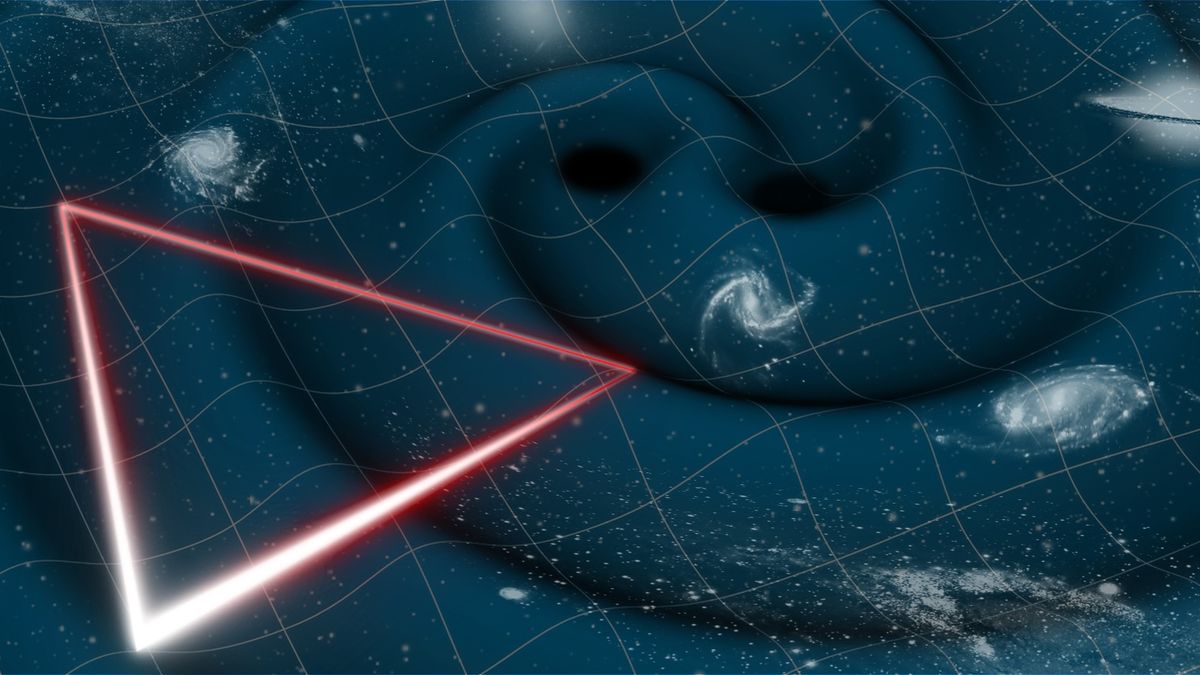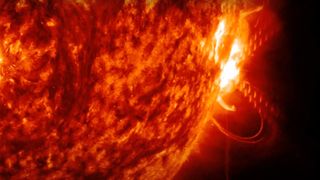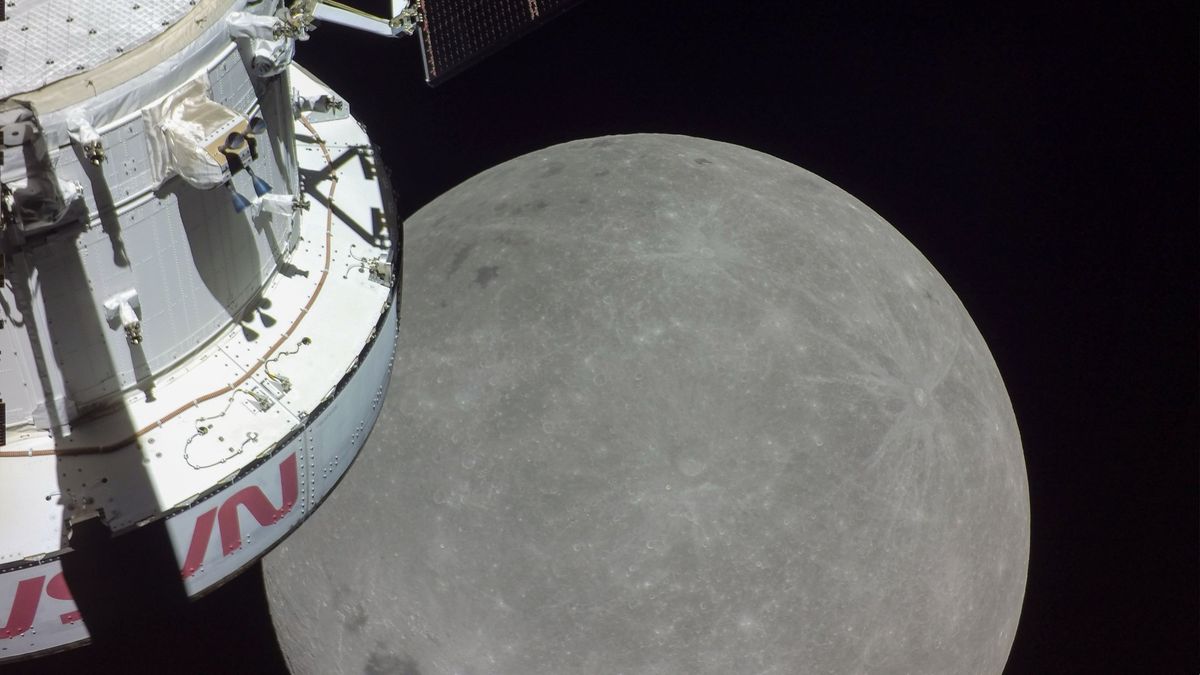A mountain of hydrogen is lurking beneath Earth’s surface — and scientists say that just a fraction of it could break our dependence on fossil fuels for 200 years. New research suggests the planet holds around 6.2 trillion tons (5.6 trillion metric tons) of hydrogen in rocks and underground reservoirs. That’s roughly 26 times the amount of oil known to be left in the ground (1.6 trillion barrels, each weighing approximately 0.15 tons) — but where these hydrogen stocks are located remains unknown. Most of the hydrogen is likely too…
Read MoreCategory: Solar System
Our solar system
The ‘Doctor Who’ Christmas special 2024 is pure Steven Moffat: Here’s why ‘Joy’ is so important to the world
The TARDIS is as much a part of Christmas as turkey, mince pies, and mulled wine, and former “Doctor Who” showrunner Steven Moffat certainly knows his way around a festive adventure. This year’s holiday offering, “Joy to the World”, is the writer’s ninth, and it comes with all the trimmings you’d expect. Alongside the obligatory festive moments, Moffat (the brains behind “Blink”, “The Girl in the Fireplace” and “Heaven Sent”) brings his trademark clockwork plotting to the holiday party. In “Joy to the World”, the Doctor spends Christmas in the…
Read MoreAstronauts on ISS beam holiday cheer to Earth for Christmas (video)
Space Station Astronauts Deliver a Christmas Message for 2024 – YouTube Watch On Surrounded by floating candy canes and a makeshift snowman made out of stowage bags, the astronauts aboard the International Space Station gathered together to wish a Merry Christmas to everyone back on Earth. Expedition 72 commander Sunita “Suni” Williams, sporting a pair of festive reindeer antlers, joined fellow NASA astronauts Barry “Butch” Wilmore, Don Pettit and Nick Hague to share some holiday cheer from their home away from home, 260 miles (420 kilometers) above the planet. “It’s…
Read MorePiece of Apollo 11 spacecraft ‘lands’ in moon meteorite-lined wedding ring
For better or for worse, a small part of the Apollo 11 spacecraft will now be Jon Mesick’s to have and to hold for all the days of his life. The strip of golden thermal polyimide tape, which made the trip to the moon with the first astronauts to land there in 1969, is now the centerpiece of Mesick’s custom wedding band made by the Honest Hands Rings Company of Morrison, Colorado. The ring, which also incorporates lunar meteorite, is the focus of a newly posted online video that highlights…
Read MoreULA wants to upgrade Vulcan Centaur rocket into a ‘space interceptor’ to defend satellites
United Launch Alliance (ULA) envisions its new, powerful Vulcan Centaur rocket as playing a key role in defending satellites from potential threats in space. Centaur, the upper stage of the Vulcan Centaur, is designed for orbit. During the recent Spacepower Conference in Orlando, Florida, ULA CEO Tory Bruno said that Centaur could be upgraded to function in a defensive capacity in orbit. If an adversary were to endanger U.S. Space Force assets, the Centaur could operate as a “space interceptor” that could act fast to provide defense. “What I’ve been…
Read MoreMars orbiters witness a ‘winter wonderland’ on the Red Planet (photos)
Hoping for a white Christmas this year? Well, even if there’s no snow where you live, at least you can enjoy these images of a “winter” wonderland on Mars. Taken by the German-built High Resolution Stereo Camera (HRSC) on the European Space Agency’s (ESA) Mars Express orbiter in June 2022, and by NASA’s NASA’s Mars Reconnaissance Orbiter using its High-Resolution Imaging Science Experiment (HiRISE) camera on September 2022, these images showcase what appears to be a snowy landscape in the Australe Scopuli region of Mars, near the planet’s south pole.…
Read MoreBlack hole paradox that stumped Stephen Hawking may have a solution, new paper claims
Nothing is supposed to escape a black hole’s event horizon — yet new research suggests it may secretly leak information. That leakage would appear in subtle signatures in gravitational waves, and now we know how to look for them, the study authors say. In 1976, Stephen Hawking rocked the astrophysics world with his discovery that black holes aren’t entirely black. Instead, they emit tiny amounts of radiation and, given enough time, can give off so much that they disappear entirely. But this introduced a massive problem. Information flows into black…
Read MoreHow to watch ‘Doctor Who’ Christmas special: Stream ‘Joy to the World’ online and from anywhere
‘Doctor Who’: Joy to the World’ Key information • Date: Wednesday, December 25, 2025• UK: Watch for FREE on BBC iPlayer• US and elsewhere: Watch on Disney Plus• Away from home: Use a VPN such as NordVPN to watch your usual service from anywhere “Doctor Who: Joy to the World” continues the veteran sci-fi show’s two-decade run as a Christmas TV institution. The Time Lord has been a fixture of the BBC’s festive schedules ever since 2005’s “The Christmas Invasion”, and this year is no different. The last time we…
Read More10 most powerful solar flares of 2024
It’s been a busy year on the sun, as it officially entered the peak of its roughly 11-year cycle of activity, known as solar maximum. In 2024, the sun launched over 50 X-class solar flares — the most powerful type of solar flare — at Earth. Solar flares are categorized by the level of X-rays they produce in a specific wavelength range (1 to 8 angstroms). Solar flare classes follow a logarithmic scale, with each flare class — C, M and X — 10 times stronger than the previous one.…
Read MoreNASA delays Artemis missions again. What could this mean for the moon, Mars and space leadership?
NASA’s first two crewed Artemis moon missions have been pushed back to 2026 and 2027, respectively, and the move could have big ramifications for the agency’s Artemis program and competition with China for leadership in space. Artemis 2, which will send a crew of three Americans and a Canadian astronaut around the moon, was due to launch in September 2025. The mission has now been moved back to April 2026, NASA announced on Dec. 5. Artemis 3 — which is set to put humans on the surface of our nearest…
Read More

